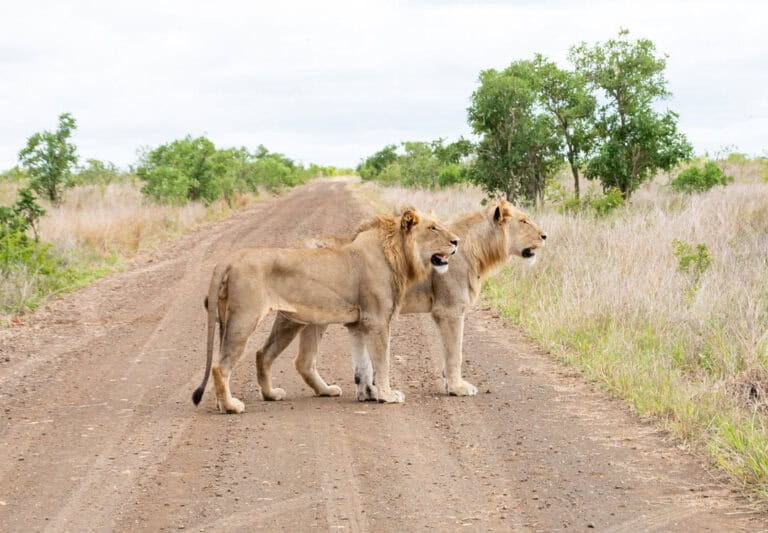According to a 2019 United Nations report, up to a million species are facing extinction because of humans, some within a few decades. Another report states that Earth has lost almost 70% of its vertebrate wildlife (animals with a backbone—mammals, amphibians, birds, fish, and reptiles) populations, also due to human activities.
How are humans driving animals (and plants) to extinction?
Habitat destruction…and illegal trade.
Habit loss is caused by industrialization, urbanization, deforestation, and other types of land alteration and clearance.
Illegal trade is a multi-billion-dollar industry that has decimated wildlife populations, especially those of wild cats, elephants, rhinos, and pangolins. It is ranked as the fourth most profitable international crime after the drug trade, arms trade, and human trafficking.
What does illegal wildlife trade mean?
In simple terms, “trade” is the sale or exchange of goods between one entity (e.g., people, corporations, or governments) and another. Illegal trade means the trade is unlawful.
The United Nations Office on Drugs and Crime (UNODC) defines wildlife trafficking as “the illegal trade, smuggling, poaching, capture, or collection of endangered species, protected wildlife (including animals or plants that are subject to harvest quotas and regulated by permits), derivatives, or products thereof.”
Why is wildlife traded?
Wild animal body parts, such as fur, teeth, and bones, are used for jewelry, clothing, food, and décor, as well as indigenous medicine, religious events, amulets for protection, and other cultural reasons.
Some wildlife trade is legal, but trade involving endangered species and legally protected animals is against the law.
Because these animals cannot be obtained legally, they are hunted, killed, and sold on the black market (buying and selling goods outside of normal channels and not following government rules and regulations).
The illegal wild cat trade
Tigers could once be found from Turkey to Iran, Afghanistan to Central Asia and Pakistan to India and Indochina. Today, only 7% of their range remains. It is home to an estimated 5,500 tigers still living in the wild, down from 40,000 in the 1970s.
The tiger is one of the most illegally trafficked animals on the planet. Over 100 tigers are unlawfully killed and sold on the black market each year.
Many other wild cats, both big and small, are also being targeted by traffickers and routinely killed for their fur and other body parts.
According to experts, the ever-increasing growth in illegal wild cat trade results from rising market demand as the cats become more scarce, inadequate legislation, and ineffective monitoring and enforcement.
Impact of illegal wildlife trafficking
The harsh reality of the Illegal wildlife trade is that it not only accelerates the extinction of already-declining wild animal populations, but it also destabilizes and decimates ecosystems. It also creates potentially life-threatening situations for humans whose survival depends on biodiversity.
Illegal wildlife trade also increases criminal activity and corruption worldwide,
Solutions
Even though illegal wildlife trafficking is a significant environmental threat for animals and humans alike, many people are unaware of the issue. In a 2018 U.S. survey conducted by the Association of Zoos and Aquariums, even though there was support for wildlife conservation, approximately half of the respondents either didn’t know or had not recently heard about the illegal buying and selling of wildlife body parts like tiger skins.
Here are some solutions to the illegal wildlife trade problem:
- Raise awareness. Most people have no knowledge or understanding of the illegal wildlife trade.
- Enforce existing wildlife protection and conservation legislation
- Improve illegal wildlife tracking and enforcement technology
- Adopt more stringent wildlife trafficking laws
- Increase interagency and government coordination and collaboration
Research, references and quote
“Environmental and wildlife crime has become one of the world’s largest and most profitable crime sectors and continues to grow as it pushes many species to the brink of extinction, warned INTERPOL at the United for Wildlife Summit. With the black market for illegal wildlife products worth up to USD 20 billion per year, poaching and the illegal wildlife trade has become a major area of activity for organized crime groups and is increasingly linked with armed violence, corruption and other forms of organized crime. Poaching and the trade in illegal wildlife is not just damaging the environment and killing at-risk species, but is costing the life of wildlife enforcement officers, with up to 100 rangers killed by poachers annually while protecting wildlife in their natural habitats.” – Interpol













0 Comments